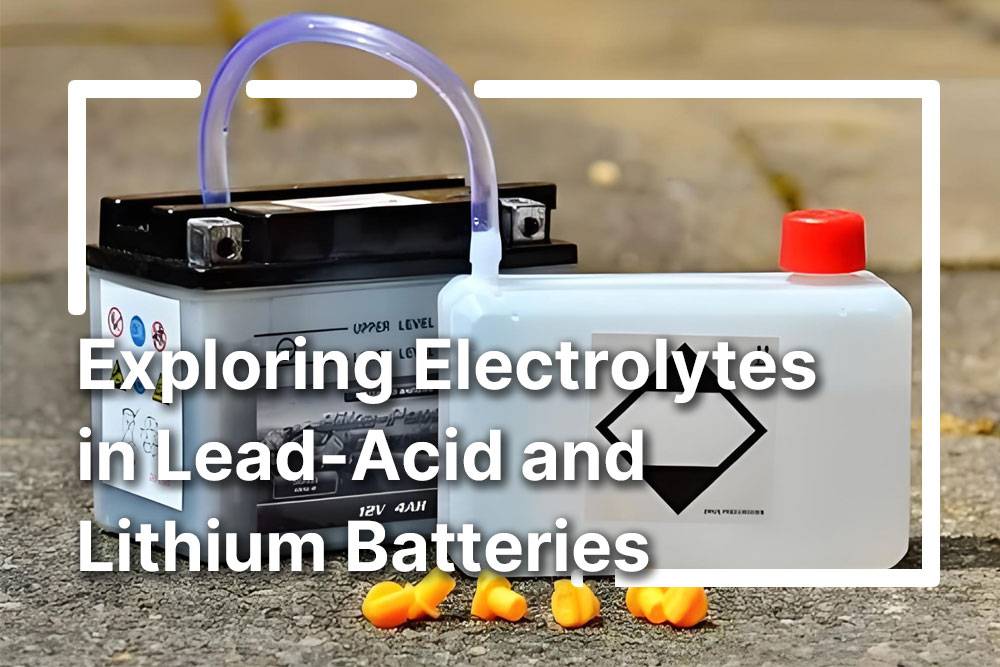Electric skateboards have revolutionized commuting and recreational activities with their eco-friendly design. In this blog post, we’ll delve into the power source behind these sleek machines: batteries. Specifically, we’ll focus on lithium batteries, their pros, cons, safety considerations, and alternative energy options for sustainable rides. So get ready for an electrifying journey as we explore the heart of electric skateboards!
The Evolution of Electric Skateboards
Electric skateboards have transformed the skateboarding scene, offering faster and more thrilling experiences than ever before. Let’s delve into the evolution of electric skateboards and how they’ve revolutionized this beloved sport.
- DIY Origins: Electric skateboards originated as DIY projects by passionate inventors seeking to enhance their rides. These early prototypes laid the foundation for the electric skateboards we know today.
- Technological Advancements: Over time, electric skateboards evolved with advancements in lightweight materials and compact motors, transforming from clunky contraptions to sleek and efficient transportation devices. Riders now enjoy effortless speeds through city streets, powered by electric motors.
- Focus on Performance and Design: Modern electric skateboard manufacturers prioritize both performance and design, offering eye-catching aesthetics combined with functionality. These boards blend form and function seamlessly, enhancing the overall riding experience.
- Safety Innovations: Innovations like regenerative braking systems have improved safety and battery life, allowing riders to recharge batteries while braking or going downhill, making long-distance journeys more convenient.
- Future Developments: With ongoing technological advancements, the evolution of electric skateboards continues, promising even more exciting features in the future. The future of electrifying adventures on electric skateboards looks bright and promising!
The Importance of Batteries in Electric Skateboards
In electric skateboards, batteries are crucial for powering propulsion and control, making them essential components for performance. Let’s explore why batteries are so important for electric skateboards.
- Power Source: Batteries are the lifeline of electric skateboards, providing the energy needed for motorized capabilities. Without a reliable battery, an electric skateboard would function as a traditional skateboard without the ability to accelerate or conquer hills effortlessly.
- Capacity Matters: The capacity of the battery determines how long the skateboard can ride before needing a recharge. Higher-capacity batteries are particularly important for commuters or frequent riders who rely on their electric skateboards for transportation.
- Battery Type and Performance: Lithium-ion batteries, known for their high energy density and lightweight properties, are favored by many manufacturers for their electric skateboards. These batteries ensure consistent performance throughout rides, avoiding frustrating interruptions or power shortages.
Understanding the significance of batteries in electric skateboards empowers riders to make informed decisions when selecting or upgrading their boards. Opting for high-quality lithium-ion batteries with sufficient capacity enhances the riding experience by extending ride times and maintaining excellent performance levels.
Types of Batteries Used in Electric Skateboards
Understanding the types of batteries used in electric skateboards is essential for optimizing performance and selecting the right board for your needs. Let’s explore the common battery options available for electric skateboards.
- Lithium-ion (Li-ion) Batteries: Known for their high energy density, Li-ion batteries store a lot of power in a compact size, allowing for extended ride times without adding extra weight to the skateboard. They are a popular choice due to their efficiency and range.
- Lithium Polymer (LiPo) Batteries: Similar to Li-ion batteries, LiPo batteries offer high energy density but with added flexibility. They can be molded to fit different skateboard designs, providing more creative freedom for aesthetics while maintaining performance.
- Nickel-Metal Hydride (NiMH) Batteries: Once common but now less prevalent, NiMH batteries have lower energy density compared to lithium-based options. However, they are still more environmentally friendly and offer an alternative for some riders.
- Lead-Acid Batteries: Rarely used due to their heavy weight and low energy density, lead-acid batteries were common in earlier models but have been replaced by lighter and more efficient options like lithium-based batteries.
While lithium-based batteries like Li-ion and LiPo remain the top choices for electric skateboards, it’s important to consider factors such as range, charging time, and safety when selecting the right battery for your skateboard.
Advantages and Disadvantages of Lithium Batteries in Electric Skateboards
Understanding the advantages and disadvantages of lithium batteries is crucial for electric skateboard enthusiasts. Let’s delve into the benefits and drawbacks of using lithium batteries to power these innovative boards.
Advantages:
- High Energy Density: Lithium batteries can store a significant amount of power in a lightweight package, allowing for longer rides without adding extra weight to the skateboard.
- Long Lifespan: Compared to other battery types, lithium batteries have a longer lifespan, reducing the need for frequent replacements and saving money in the long run.
- Fast Charging: With the right charger, lithium batteries can be recharged quickly, minimizing downtime and maximizing riding time.
Disadvantages:
- Temperature Sensitivity: Lithium batteries are sensitive to extreme temperatures, which can affect their performance and overall lifespan if exposed to high heat or cold.
- Safety Concerns: There are safety risks associated with lithium batteries, such as the potential for thermal runaway or fire if mishandled or damaged. Proper handling and storage are essential to mitigate these risks.
In summary, while lithium batteries offer significant advantages for electric skateboards, such as high energy density and long lifespan, users must also be mindful of their temperature sensitivity and safety precautions to ensure a safe and enjoyable riding experience.
Safety Concerns with Lithium Batteries
Safety is paramount when it comes to electric skateboards powered by lithium batteries. While these batteries offer advantages like longer ride times, they also pose safety concerns that riders should be aware of. Let’s explore these concerns and how to address them for a safer riding experience.
Safety Concerns:
- Risk of Fire and Explosion: Lithium-ion batteries can catch fire or explode if mishandled, overcharged, or damaged. It’s crucial to follow manufacturer guidelines for charging and avoid using damaged batteries to minimize this risk.
- Sensitivity to Temperature: Extreme temperatures can impact lithium batteries’ performance and lifespan. Storing skateboards in a suitable environment away from heat or cold is essential to prevent damage.
- Protective Gear: Wearing helmets and protective gear while riding can reduce the risk of injuries in case of accidents or falls, providing an added layer of safety.
By understanding and addressing these safety concerns, riders can enjoy the benefits of electric skateboards powered by lithium batteries while minimizing risks to themselves and others.
Alternative Energy Sources for Electric Skateboards
As the demand for eco-friendly transportation rises, exploring alternative energy sources for electric skateboards becomes crucial. Let’s delve into some promising options beyond lithium batteries that offer sustainability and unique advantages.
Alternative Energy Sources:
- Solar Power: Integrating solar panels into electric skateboards allows them to harness sunlight for charging, offering a renewable energy solution. Riders can recharge their boards simply by being exposed to sunlight, promoting eco-conscious commuting.
- Kinetic Energy Recovery Systems (KERS): KERS technology captures braking and deceleration energy, converting it into usable electrical power. By recycling this energy, KERS enhances efficiency and extends battery life, making electric skateboards more sustainable.
- Hydrogen Fuel Cells: Although still in development, hydrogen fuel cells show promise as emission-free power sources. These cells generate electricity through a reaction between hydrogen and oxygen, emitting only water vapor. While not yet widely used, hydrogen fuel cells represent a potential future for clean transportation solutions.
Exploring these alternative energy sources alongside lithium batteries is essential for promoting sustainability in electric skateboards. By embracing innovation and pushing boundaries, we can create a greener future for mobility.














